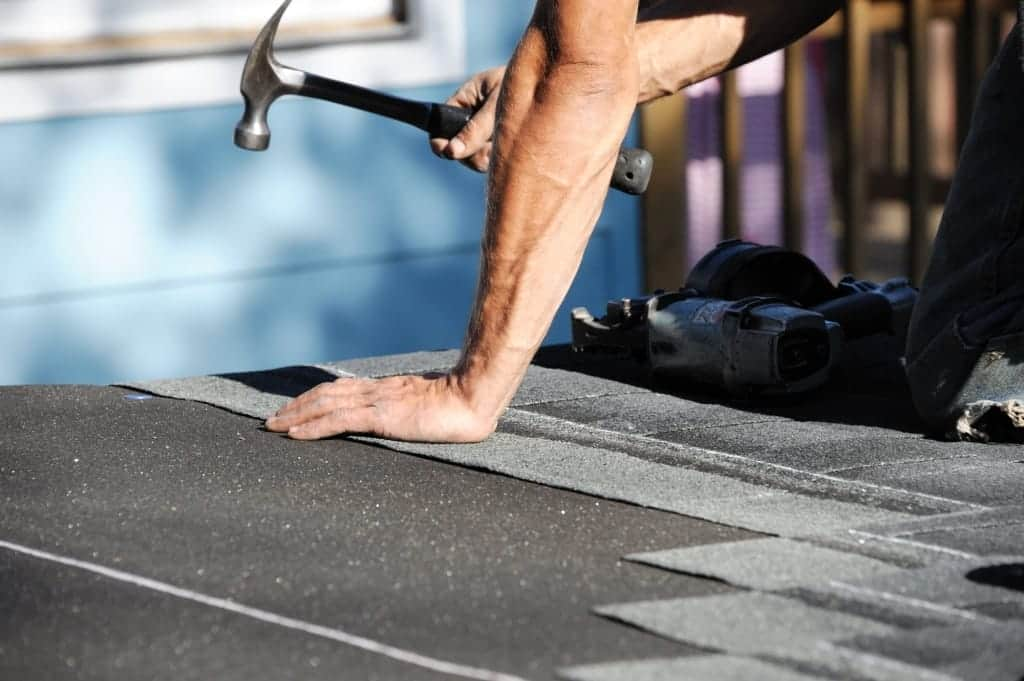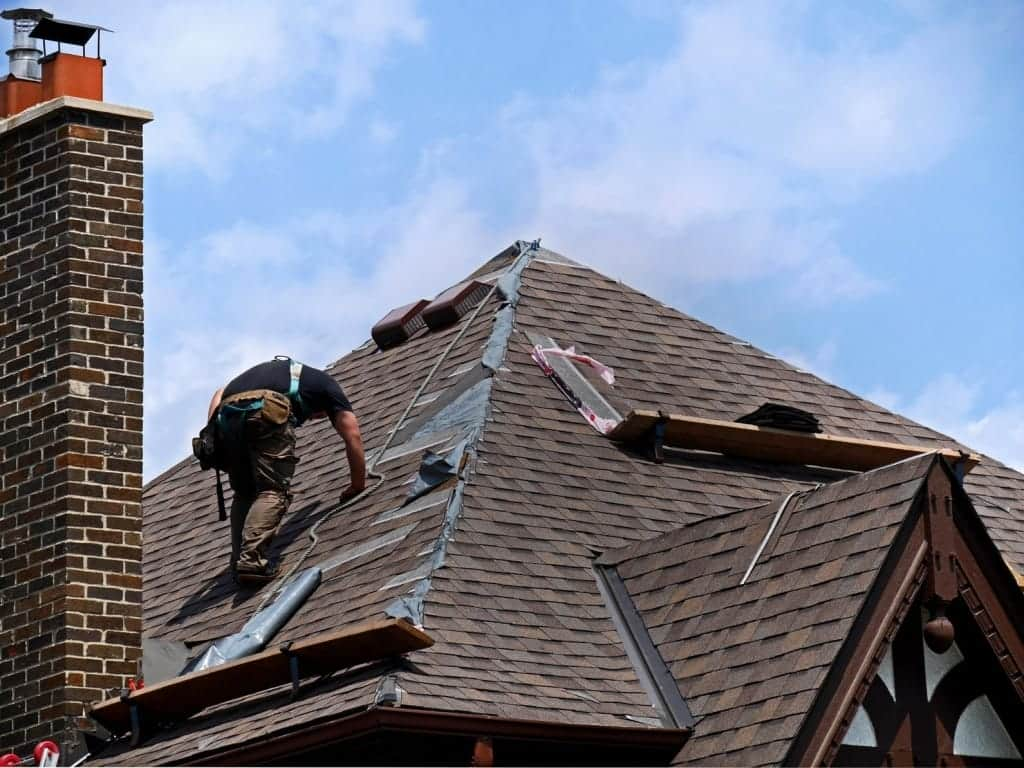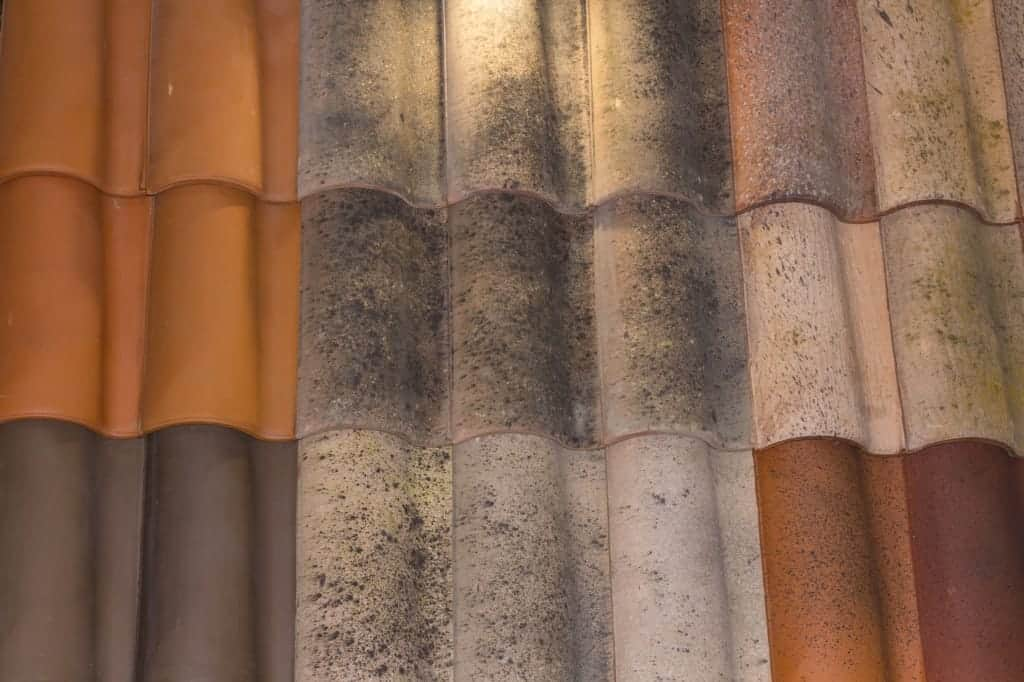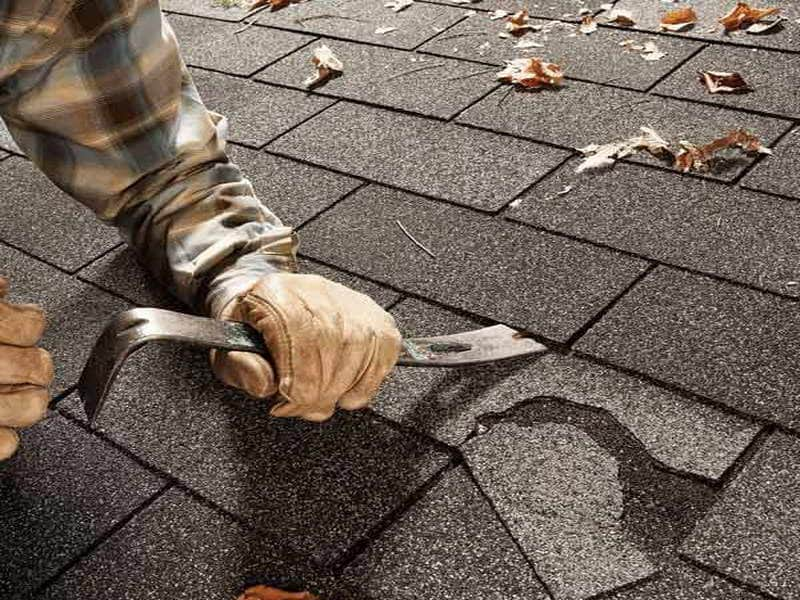6 Things that Make or Break Buying a Fixer-Upper
If you’ve got your eye on a home that needs work, there could be some deal breakers standing in the way of you getting the price you want. Aside from calculating the expected costs of necessary renovations, you also have to consider your time investment in the property to decide if it’s worth it. Check out these six things that can make or break buying a fixer-upper.
- The Roof. When buying an older home that needs work, a roof well past its prime is a major red flag to consider. Roofs are not cheap elements to install. The exact price will depend on what work needs to be done and the extent of existing damage.
- Electrical Systems. If you see exposed and outdated wiring on the exterior or interior, not only does this cost a lot to update but it also poses a big safety risk. According to the Consumer Product Safety Commission (CPSC), more than 400 electrocutions happen each year in this country, with 20 percent of those stemming from wiring hazards such as damaged or exposed wiring.
- Pest Damage. When pest damage becomes so severe it’s obvious to anyone looking around the foundation or walls, this is a make-or-break aspect that may have you thinking twice. Termites are very hard to stop once they get started, as they eat their way through the wooden structures supporting the foundation, along with floor joists, crawl spaces, wooden porches and more, says com. Subterranean termites are the ones that cause the most damage to the foundation.
- Cost Comparison. In considering the asking price of the home, do your research on the average home price in the new neighborhood. The home you’re looking at should equal that average cost when you factor in the asking price AND cost for necessary repairs and renovations.
- Cheap Construction Materials. Avoid homes that were thrown together to save money. It may look pretty on the outside at first glance, but years down the road, you will regret the decision to go cheap. Contractors who cut corners did the bare minimum to get it built and sold. Those cheap materials can lead to rot, rodent infestation and worse, not to mention you’ll be replacing things much sooner than if you had just invested in quality materials in the first place.
- Cosmetic Upgrades vs. Extensive Work. If you’re going for an affordable fixer-upper, at least make sure it has “good bones” and doesn’t need a lot of major projects. It’s relatively easy to update the kitchen flooring or bathroom counters, splash some new paint on the wall, and pull out overgrown bushes. If you have to bust through walls, demolish tubs, repair the foundation and replace the roof, you’re adding too much to your plate.
When considering a fixer-upper, keep these red flags in mind.
















